When was the art market born? Answers to this question range widely, from antiquity to the 19th century, although the stirrings of an early modern market are often proclaimed as being during the Italian Renaissance or in 16th-century Antwerp.
A new exhibition at the Bucerius Art Forum in Hamburg asserts the claim that it all started in 17th-century Holland. The display, which features 118 paintings, drawings and prints from the golden period of Dutch painting, highlights the impact of economic, political and religious developments on the artists and their production methods. This is the first exhibition at the Forum to be curated by Franz Kaiser, the new director, who makes clear his interest in the relationship between art and society as well as his fascination with the excesses of the contemporary art market. His introduction to the visitor brochure begins with a comment on the damaging influence of the market on art today, with its ‘absurd prices, greedy dealers and overvalued artists’. Only then does it talk about the exhibition itself.
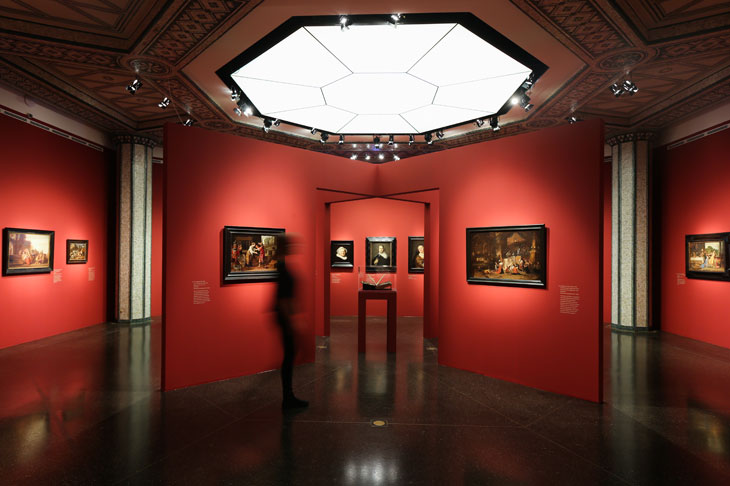
Exhibition view, ‘The Birth of the Art Market: Rembrandt, Ruisdael, van Goyen and the artists of the Dutch Golden Age’. © Bucerius Kunst Forum, 2017. Photo: Ulrich Perrey
The show is staged across two floors in Hamburg’s former ‘Reichsbank’, a neoclassical building that served as the local branch of the official bank of the German Reich during the First World War. Its octagonal rooms with original mosaic-clad columns make curating exhibitions difficult, but they suit the small and intimate character of 17th-century paintings. The works, which are hung thematically, reveal some of the changes in the way artists worked during that period.
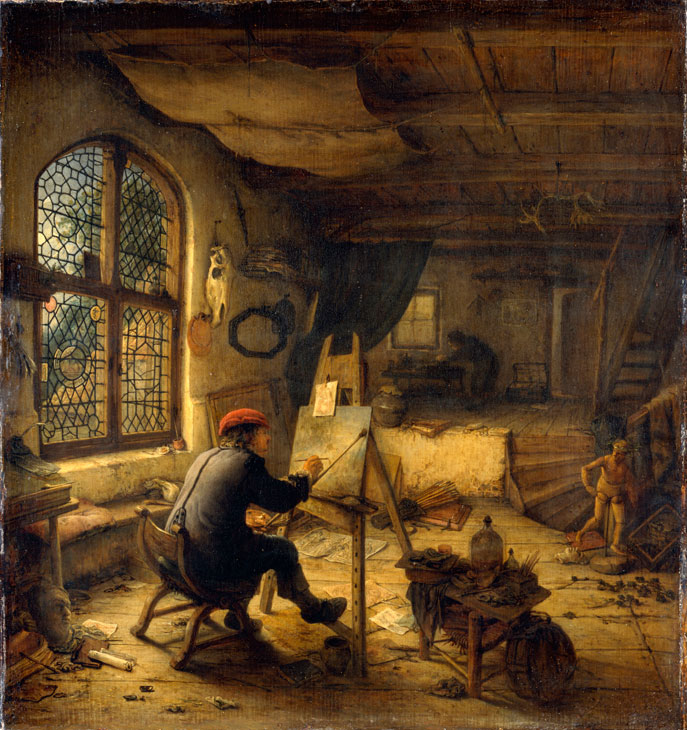
The painter in his workshop (1663), Adriaen van Ostade. © bpk, Staatliche Kunstsammlungen Dresden. Photo: Hans-Peter Klut
Art buyers at the time were a class of wealthy citizens who wanted to bring the world they lived in into their homes – and artists were quick to cater to this new demand, creating work without waiting for commissions in order to attract new customers. Adriaen van Ostade’s view into a painter’s workshop from 1663, on loan from the state museums in Dresden, depicts the typical tools and accessories of and artist at the time, although it is clear that parts of his depiction are more fiction than fact: the room recurs in different guises in many of the artist’s paintings. Jan van Goyen’s method of painting landscapes, using a limited tonal palette, was cheaper and faster than most, which allowed the works to be sold more cheaply than those of his contemporaries such as Jan Steen. A series of paintings of cows by Paulus Potter, and another of still-lifes by Pieter Claesz, are reminders of just how specialised painters became in order to find their niche in a competitive art world.
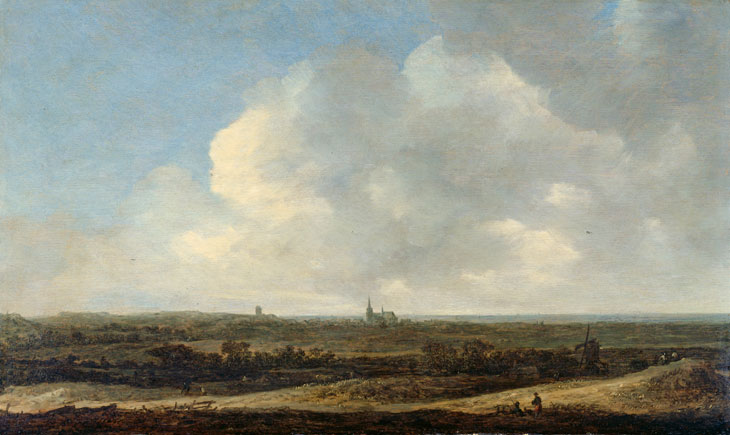
Flat landscape with a view of Scheveningen (1646), Jan Josephsz van Goyen. © bpk, Museum der bildenden Künste Leipzig. Photo: Ursula Gerstenberger
These sorts of stories have been told over and over again. The exhibition makes them tangible, but only two of the works really bring the process of selling and buying art into the frame. An etching from the Rijksmuseum by Jan van Somer depicts a street trader selling prints to children at a market (1675–96), and a poster advert announcing a lottery in mid-century Leiden tells us that it was common to have paintings, with their values listed, auctioned across the country.
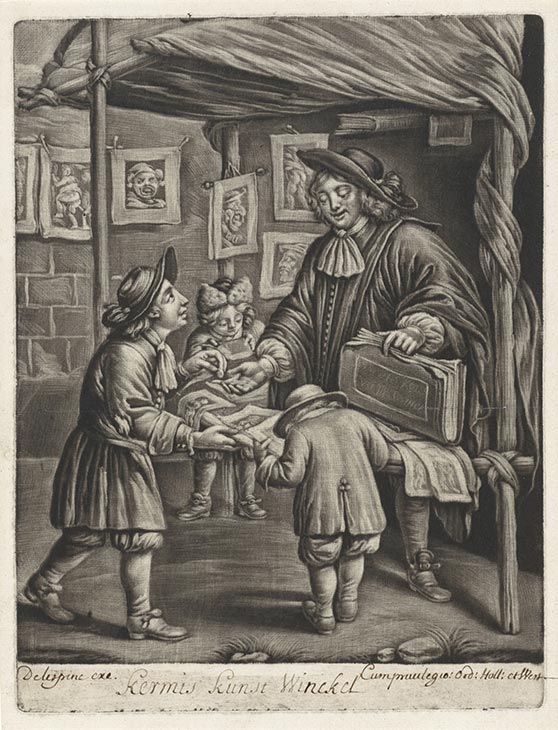
The print seller (1675–96), Jan van Somer. Photo © Rijksmuseum, Amsterdam
The upper floor is dedicated to the upper end of the market, where Rembrandt and his contemporaries were in competition for clients, dealers and commissions. Here we find a very different group of artists producing traditional subjects such as history paintings and portraits, and catering to a different class of buyer than were those on the floor below. This curatorial gesture highlights the segmentation of the Dutch art market, which is reminiscent of the market situation today. The exhibition does well to include research about the art dealer Johannes de Renialme, providing insights into his networks and stock. Here the catalogue (in German only) is able to add significant new material for discussion and debate.
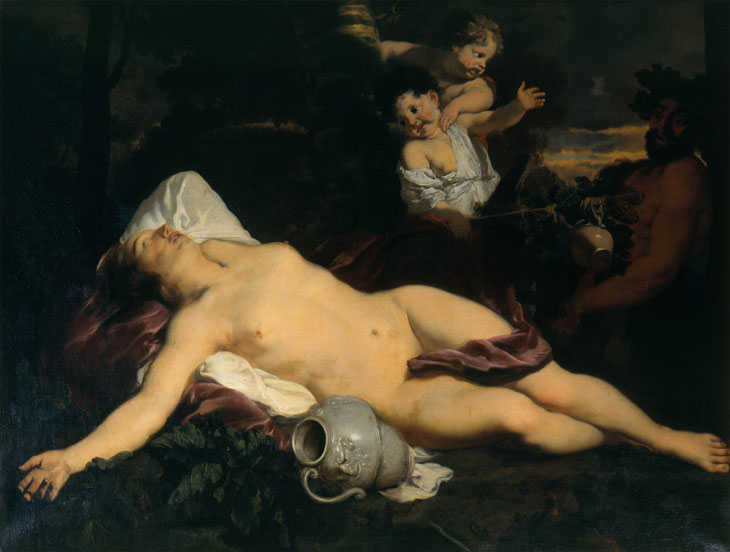
Sleeping Bacchante (c. 1680–85), Gerard de Lairesse. Photo © Artothek
The exhibition also shows just how quickly this golden age faded. At the end of the century, as the Dutch republic started to decline, artistic trends from royal courts elsewhere in Europe began to come to the fore. The exhibition closes with Gerard de Lairesse’s Sleeping Bacchante (c. 1680–85), a clear signal of the French-inspired, decadent era that was to come. Both taste and the art market move in cycles. One would have hoped to learn more in this exhibition about the specific developments of the market at that time – about trade flows and prices, collecting habits and the provenance of at least some of the stunning works on the walls. A comprehensive exhibition that brings the past and present complexities of the art market closer to the general public is still yet to come.
‘The Birth of the Art Market: Rembrandt, Ruisdael, van Goyen and the artists of the Dutch Golden Age’ is at the Bucerius Art Forum, Hamburg, until 7 January 2018.
Unlimited access from just $16 every 3 months
Subscribe to get unlimited and exclusive access to the top art stories, interviews and exhibition reviews.

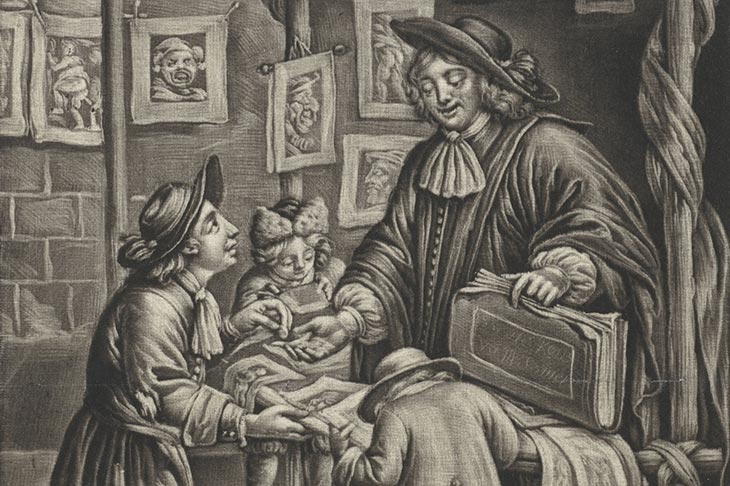
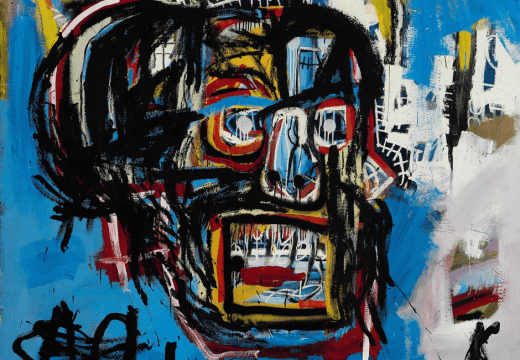
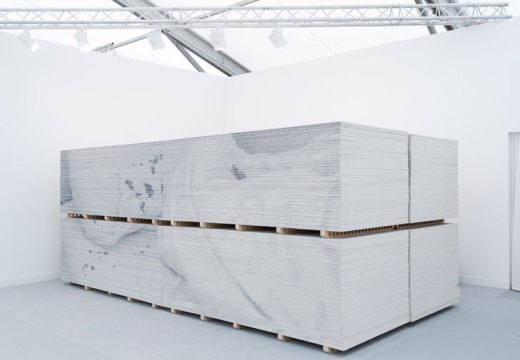
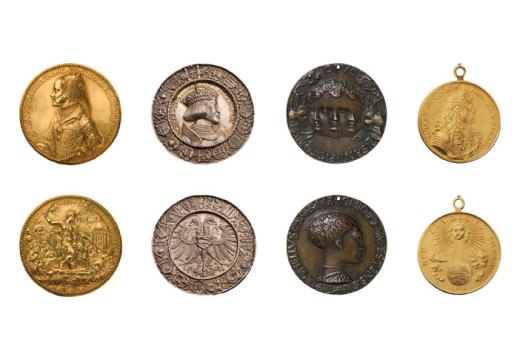









![Masterpiece [Re]discovery 2022. Photo: Ben Fisher Photography, courtesy of Masterpiece London](http://www.apollo-magazine.com/wp-content/uploads/2022/07/MPL2022_4263.jpg)
It’s time for the government of London to return to its rightful home